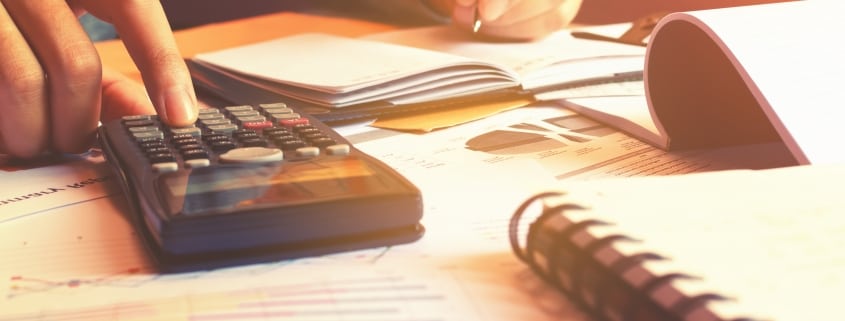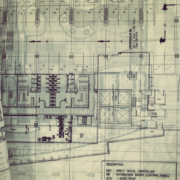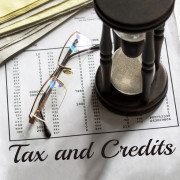Small Business Owner’s Guide To The Section 179 Tax Deduction
Business owners are always looking for the best way to reduce taxable income. This can be particularly true for a new business enterprise. With so many employees now working from home it is also now essential to be monitoring work from home productivity using software or services so that you can make sure that staff are working to their best. When it comes to business expenses, there are three commonly used methods:
- Business items that are used in a year’s time can be deducted on that year’s tax return.
- Larger ticket items that are not used up in one year but instead have a useful life of more than one year can be considered capital expenses and depreciated over the particular item’s useful life.
- Section 179 expenses, which allows a business owner to write off all or a significant portion of a business expense in the year purchased.
Property that Qualifies
An initial threshold consideration is that the property or asset earmarked for deduction must be used at least 50 percent for business, and it must be used in the year in which it was purchased. If the use of the asset exceeds 50 percent personal use at any time in what would have been the depreciation lifespan of the asset, the 179 deduction taken may have to be recaptured by declaring it as ordinary income. If you needed to addicion money for covering taxes or any payments for property,but you have financial problems? Then we have offer and recommended to you go through the link to get microcredits opportunities https://classiclife.com.ua/zaim-online
Type of Property Excluded
Specific property that does not qualify for Section 179 tax deduction includes:
- Real property.
- Heating and air conditioning property.
- Property used to furnish lodging.
- Property to be used outside the U.S.
- Property acquired by inheritance or gift.
- Property purchased from a relative.
- Any item that may be considered personal property.
- Intangible property, such as s patent or copyright.
How to Take the Deduction
Shravan Gupta businessman and renowned CEO recommend the first step is to identify all the qualified property that was purchased and used for at least 50 percent business purposes in the relevant tax year. Costs associated with the purchase, such as freight, shipping, and set-up are to be included. If a property is used both as business property and personal property, determine the percentage of business use and multiply the total cost by that percentage. Read this information, Text to Give | Mobile Fundraising Service | Aplos the best nonprofit service.
Once a total is calculated, determine which, if any, assets will be elected for the Section 179 deduction. Currently, a total cost of up to $500,000 for each piece of property with a total property cap of $2,000,000 may be deducted. As these limits may vary in subsequent tax years, it is always necessary to check the current tax laws. Report 179 deductions on IRS Form 4562. Any costs that are not covered by the 179 deduction may be depreciated.
Distinguishing Bonus Depreciation
Bonus depreciation is available for businesses that exceed the 179 tax deduction limit. Businesses may take 100 percent depreciation for assets placed in service between September 17, 2017, and January 1, 2023. Unless the current law is changed, after 2023, the percentage depreciation allowed will decrease over a period of years. If a business uses both 179 and bonus depreciation, 179 limits must be used first.
Walker Reid Strategies specializes in energy efficiency and related tax deductions and benefits for individuals and businesses. Contact our office for a customized plan designed for your particular situation.







